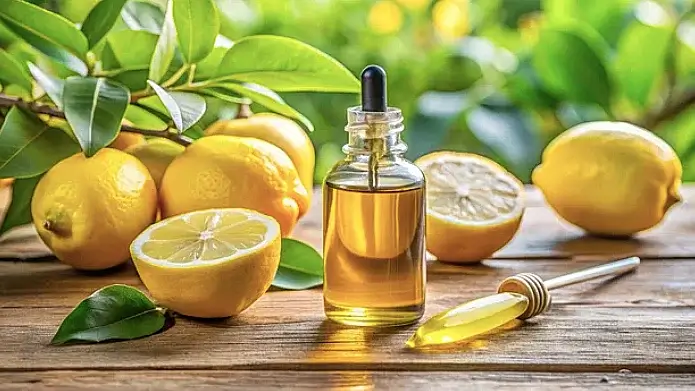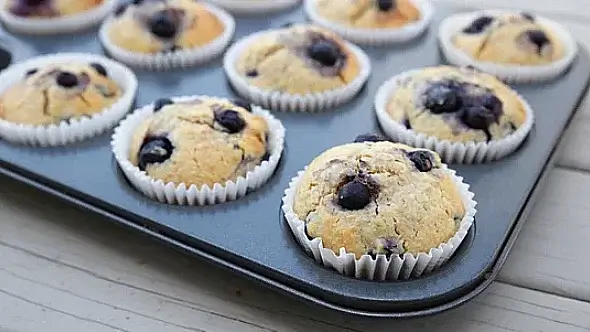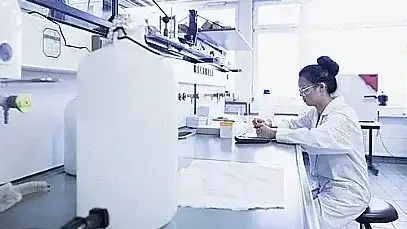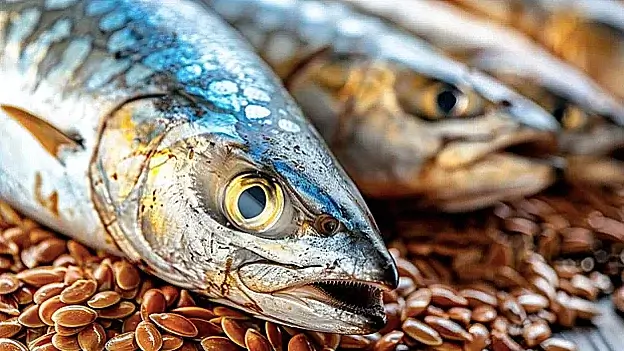Easy Keto Recipes to Support Fatty Liver Recovery

Empower Your Liver with Nutrient-Dense Keto Meals
Fatty liver recovery requires precise dietary adjustments to reduce liver fat, inflammation, and insulin resistance. Incorporating easy keto recipes to support fatty liver recovery can enhance metabolic health and promote hepatic function. This approach, grounded in medical research, provides low-carbohydrate, nutrient-dense meal ideas that align with the principles of a ketogenic diet while supporting the liver's natural detoxification processes.
The Ketogenic Diet: A Therapeutic Tool for Fatty Liver
A ketogenic diet, characterized by low carbohydrate intake, moderate protein consumption, and high healthy fat intake, induces ketosis, where the body uses fat as its primary energy source. This metabolic shift reduces hepatic triglyceride accumulation, enhances insulin sensitivity, and minimizes systemic inflammation—factors critical for addressing non-alcoholic fatty liver disease (NAFLD).
Patients recovering from fatty liver often benefit from keto recipes incorporating foods high in essential nutrients while avoiding processed carbohydrates and sugars. The following recipes are designed to provide therapeutic support for liver recovery.
Keto Recipes That Enhance Liver Function
1. Grilled Salmon with Lemon-Dill Butter
Nutritional Benefits
Salmon is rich in omega-3 fatty acids, which reduce hepatic inflammation and improve lipid metabolism. Lemon and dill add antioxidants that further support liver detoxification.
Ingredients:
- 2 salmon fillets (6 oz each)
- 2 tablespoons unsalted butter, melted
- 1 tablespoon fresh dill, chopped
- 1 teaspoon lemon juice
Instructions:
- Preheat grill to medium heat.
- Mix melted butter, dill, and lemon juice.
- Brush the salmon fillets with the butter mixture.
- Grill for 4–5 minutes per side until fully cooked.
2. Zucchini Noodles with Garlic and Olive Oil
Nutritional Benefits
Zucchini is low in carbohydrates and contains antioxidants such as lutein and zeaxanthin, which reduce oxidative stress in liver cells.
Ingredients:
- 2 medium zucchinis, spiralized
- 2 tablespoons extra virgin olive oil
- 2 garlic cloves, minced
- Salt and pepper to taste
Instructions:
- Heat olive oil in a skillet over medium heat.
- Sauté garlic until fragrant.
- Add zucchini noodles and cook for 2–3 minutes.
- Season with salt and pepper before serving.
3. Avocado and Spinach Smoothie
Nutritional Benefits
Avocados provide monounsaturated fats and glutathione, aiding in liver repair. Spinach offers fiber and phytonutrients to reduce liver inflammation.
Ingredients:
- 1 ripe avocado
- 1 cup fresh spinach
- 1 cup unsweetened almond milk
- ½ teaspoon vanilla extract
Instructions:
- Blend all ingredients until smooth.
- Serve immediately for optimal nutrient absorption.
The Science Behind Keto and Liver Recovery
Enhancing Fat Oxidation
The ketogenic diet facilitates fat breakdown by reducing carbohydrate intake, lowering insulin levels, and promoting fat oxidation. This process decreases liver fat accumulation, a primary factor in NAFLD.
Reducing Systemic Inflammation
Healthy fats in keto recipes, such as omega-3s from fish and monounsaturated fats from avocados, possess anti-inflammatory properties. These nutrients help mitigate chronic inflammation that contributes to liver damage.
Improving Insulin Sensitivity
Insulin resistance is a significant contributor to NAFLD. By stabilizing blood glucose levels and reducing insulin secretion, keto recipes can enhance hepatic insulin sensitivity, reducing the risk of further fat deposition in liver cells.
More Easy Keto Recipes to Support Liver Health
4. Egg Muffins with Kale and Cheese
Nutritional Benefits
Eggs are a rich source of choline, a nutrient essential for lipid metabolism. Kale offers antioxidants that reduce hepatic oxidative stress.
Ingredients:
- 6 large eggs
- 1 cup chopped kale
- ¼ cup shredded cheddar cheese
- Salt and pepper to taste
Instructions:
- Preheat oven to 350°F (175°C).
- Whisk eggs in a bowl, then add kale and cheese.
- Pour the mixture into a greased muffin tin.
- Bake for 20–25 minutes or until fully set.
5. Cauliflower Rice Stir-Fry with Shrimp
Nutritional Benefits
Cauliflower is a low-carb alternative to grains and contains sulforaphane, which supports liver detoxification pathways.
Ingredients:
- 2 cups cauliflower rice
- 1 cup cooked shrimp
- 1 tablespoon coconut oil
- 1 tablespoon soy sauce (low sodium)
Instructions:
- Heat coconut oil in a skillet over medium heat.
- Sauté cauliflower rice for 3–4 minutes.
- Add shrimp and soy sauce, cooking for an additional 2 minutes.
Practical Tips for Keto Success in Fatty Liver Recovery
Prioritize Nutrient-Dense Ingredients
Focus on whole foods rich in healthy fats, lean proteins, and essential vitamins. Avoid processed keto products that may contain artificial additives.
Monitor Ketone Levels
Regular monitoring of ketone levels can ensure adherence to the diet and optimize therapeutic benefits. Consult with a healthcare provider to tailor the diet to individual needs.
Stay Hydrated and Balanced
Adequate hydration and electrolyte balance are critical when following a ketogenic diet, as the transition to ketosis can cause fluid and mineral loss.
Conclusion
Integrating easy keto recipes to support fatty liver recovery can significantly improve metabolic and hepatic health. These nutrient-dense, low-carbohydrate meals help reduce liver fat, enhance insulin sensitivity, and combat inflammation—key factors in managing and reversing NAFLD. For best outcomes, consult a healthcare professional to ensure the ketogenic diet aligns with your medical and nutritional needs.
Share this article

Dr. Nico Fabian, MD
I'm a physician and board-certified internist who completed my Internal Medicine training at St. Luke’s Medical Center in Quezon City. See Full Bio.
-
1. Méndez-Sánchez N, Bugianesi E, Gish RG, Lammert F, Tilg H, Nguyen MH, et al. Global multi-stakeholder endorsement of the MAFLD definition. Lancet Gastroenterol Hepatol, 2022.
-
2. Friedman SL, Neuschwander-Tetri BA, Rinella M, Sanyal AJ. Mechanisms of NAFLD development and therapeutic strategies. Nat Med, 2018.
-
3. Finelli C, Tarantino G. Is a low-carbohydrate ketogenic diet a promising approach to treat fatty liver disease? World J Gastroenterol, 2012.
-
4. Chalasani N, Younossi Z, Lavine JE, et al. The diagnosis and management of nonalcoholic fatty liver disease: Practice guideline. Hepatology, 2018.
-
5. Cotter TG, Rinella M. Nonalcoholic fatty liver disease 2020: The state of the disease. Gastroenterology, 2020.
-
6. Yki-Järvinen H. Nutritional modulation of non-alcoholic fatty liver disease and insulin resistance. Nutrients, 2015.
-
7. Properzi C, O'Sullivan TA, Sherriff JL, Ching HL, Jeffrey GP, Buckley RF, et al. Ad Libitum Mediterranean and Low-Fat Diets Both Significantly Reduce Hepatic Steatosis: A Randomized Controlled Trial. Hepatology, 2023.
-
8. Jensen VS, Hvid H, Damgaard J, Nygaard H, Ingvorsen C, Wulff EM, et al. Dietary fat stimulates development of NAFLD more potently than dietary fructose in Sprague-Dawley rats. Diabetologia, 2024.
The Importance of Regular Check-Ups for Liver Health in Children The importance of regular check-ups for liver health in children represents a cornerstone...
The Role of Environmental Pollutants in Liver Health Environmental pollutants play a significant role in influencing liver health. As the liver is the primary organ...
Diet Knowledge Quiz A balanced, liver-friendly diet is essential in managing fatty liver disease. While many factors contribute to liver health, certain dietary...

You might enjoy more articles by
Dr. Nico Fabian, MD
 Disease
Disease Diets
Diets Recipes
Recipes Supplements
Supplements Management
Management Calculators
Calculators Quizzes
Quizzes Glossary
Glossary




















